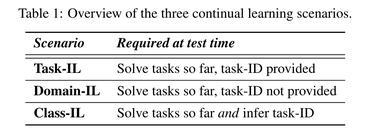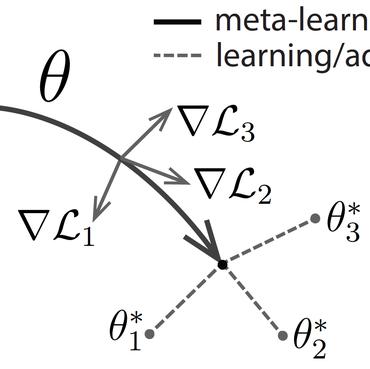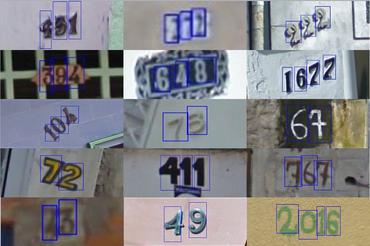NEVIS'22: A Stream of 100 Tasks Sampled from 30 Years of Computer Vision Research
A shared goal of several machine learning communities like continual learning, meta-learning and transfer learning, is to design algorithms and models that efficiently and robustly adapt to unseen tasks. An even more ambitious goal is to build models that never stop adapting, and that become increasingly more efficient through time by suitably transferring the accrued knowledge. Beyond the study of the actual learning algorithm and model architecture, there are several hurdles towards our quest to build such models, such as the choice of learning protocol, metric of success and data needed to validate research hypotheses. In this work, we introduce the Never-Ending VIsual-classification Stream (NEVIS'22), a benchmark consisting of a stream of over 100 visual classification tasks, sorted chronologically and extracted from papers sampled uniformly from computer vision proceedings spanning the last three decades. The resulting stream reflects what the research community thought was meaningful at any point in time, and it serves as an ideal test bed to assess how well models can adapt to new tasks, and do so better and more efficiently as time goes by. Despite being limited to classification, the resulting stream has a rich diversity of tasks from OCR, to texture analysis, scene recognition, and so forth. The diversity is also reflected in the wide range of dataset sizes, spanning over four orders of magnitude. Overall, NEVIS'22 poses an unprecedented challenge for current sequential learning approaches due to the scale and diversity of tasks, yet with a low entry barrier as it is limited to a single modality and well understood supervised learning problems. Moreover, we provide a reference implementation including strong baselines and an evaluation protocol to compare methods in terms of their trade-off between accuracy and compute.
PDF Abstract






 CIFAR-10
CIFAR-10
 ImageNet
ImageNet
 CIFAR-100
CIFAR-100
 MNIST
MNIST
 SVHN
SVHN
 Fashion-MNIST
Fashion-MNIST
 CUB-200-2011
CUB-200-2011
 Oxford 102 Flower
Oxford 102 Flower
 STL-10
STL-10
 Tiny ImageNet
Tiny ImageNet
 LFW
LFW
 Stanford Cars
Stanford Cars
 DomainNet
DomainNet
 PACS
PACS
 FGVC-Aircraft
FGVC-Aircraft
 USPS
USPS
 Sketch
Sketch
 AwA2
AwA2
 Meta-Dataset
Meta-Dataset
 Mall
Mall
 CLEAR
CLEAR